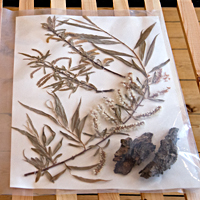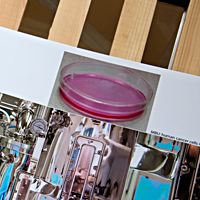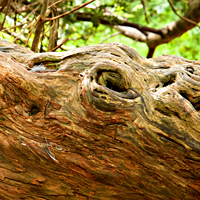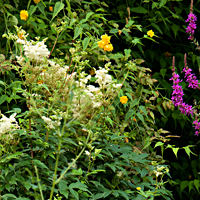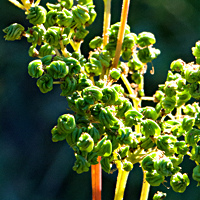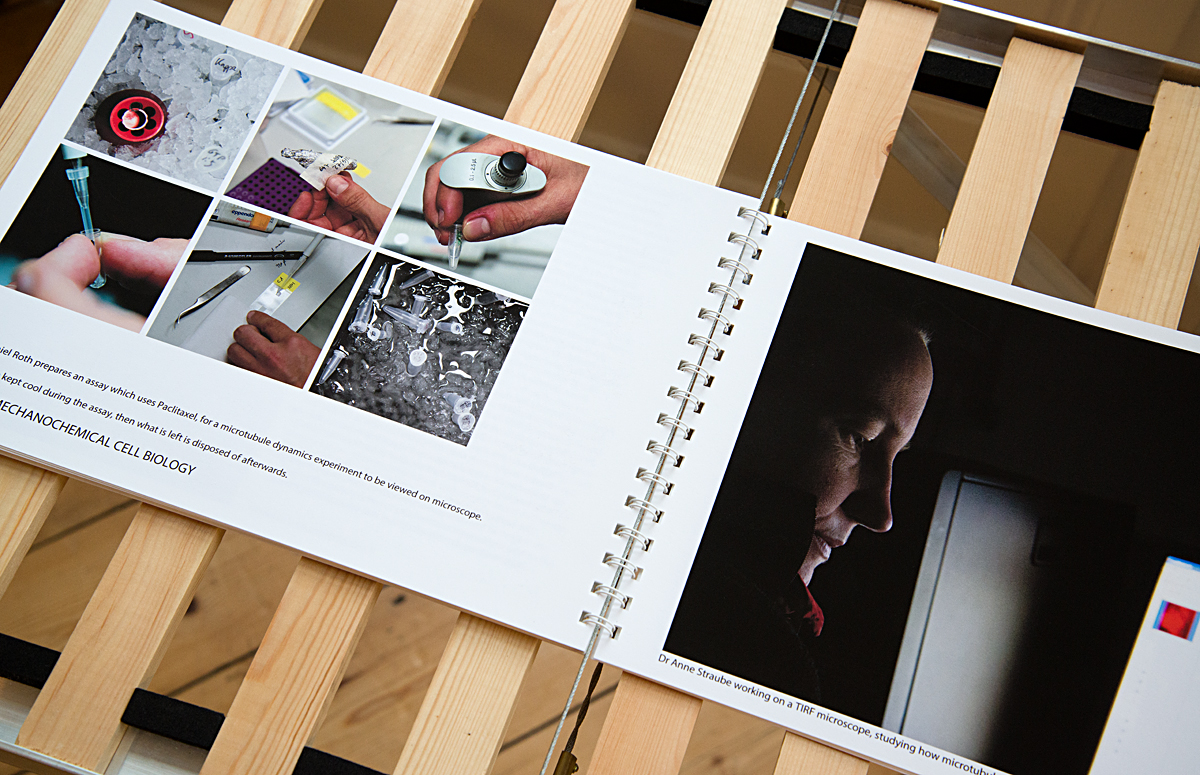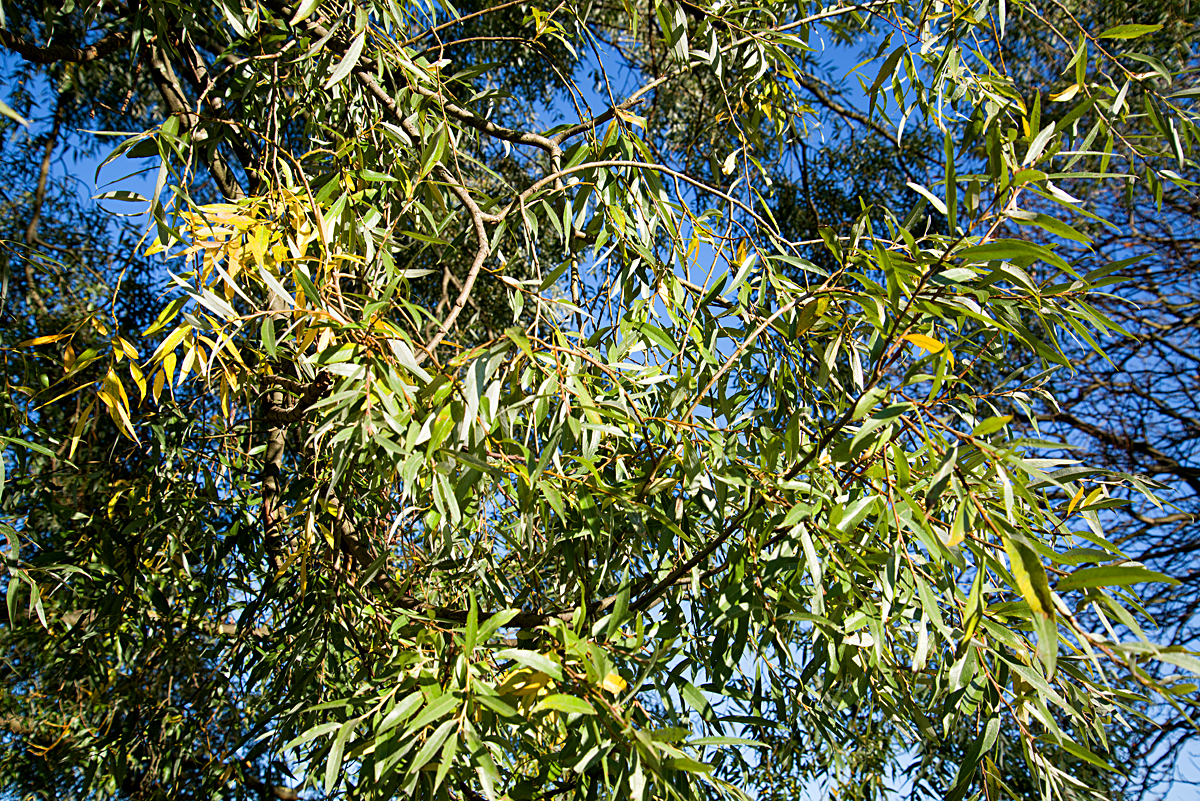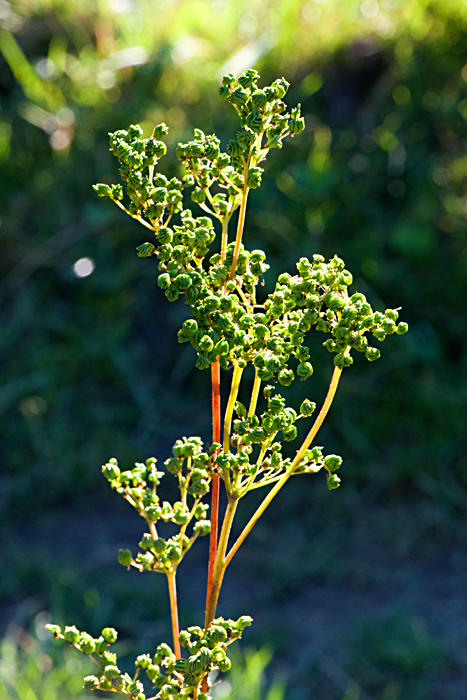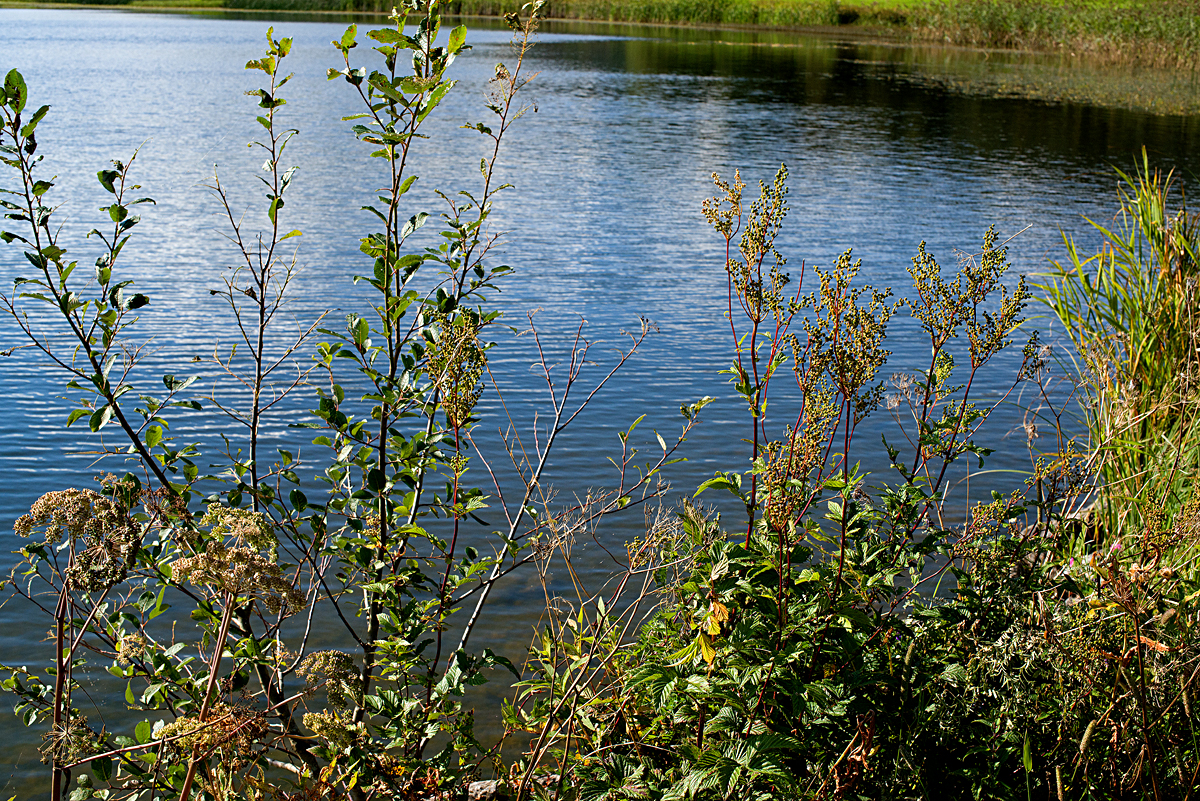about the greenhouse
The Fox Got You is an art and science project celebrating common plants at the origin of medicinal drugs (for an overview, go to the home page). The project started life as a photography exhibition, with at its heart a greenhouse. Typical greenhouses are miniature houses where everything is designed to make plants grow and flourish. Sunlight enters through the glass and is trapped inside as heat - the greenhouse effect - resulting in fast growth. Sunlight is of course what plants use to make food, through photosynthesis. A greenhouse is a sort of home from home for plants, a world away from the harsh natural environment, as long as gardeners are skilled enough to provide what they need.
Greenhouses have an old-fashioned air. They remind us of allotments, of people growing their own food and working with their hands. They bring some of the countryside to the city. But when they become huge glasshouses, vast structures filling out acres of land, producing tomatoes in automated high tech environments, they can also symbolise a world of exploitative labour and toxic pesticides. After all, greenhouses are man-made, an invention which enables plants to be brought to us and their growth controlled for our benefit.
There is no doubt that a greenhouse acts as a rich metaphor for our relationship with plants. The fact that it is also a real object, a genuine working environment, can only add power to its transformation into an artwork. In the exhibition, the greenhouse is a giant light box. It glows, radiating light instead of heat, allowing images of the plants to symbolically enlighten the space. The yew tree and autumn crocus are featured on one side of the roof and gable ends, the white willow and meadowsweet on the other, whilst the goat’s rue is on the door side and both common and woolly foxgloves are on the back of the greenhouse. These images have become a glowing robe wrapped around the metal frame, a tribute to the plants’ worth and the pleasure we get from them.
The greenhouse itself was bought by artist Françoise Sergy from greenhouses manufacturers. Translucent images of the plants were then printed onto the glass. The hand-made copper and LED light which stands inside the greenhouse and makes it glow, was designed and built by the artist’s partner, Michael Lipkin.
about the exhibition
The Fox Got You exhibition consists of a photography installation, interactive exhibits and wall mounted artwork. It includes all the images, interviews and texts presented on this website.
The photography installation includes the greenhouse and exhibits made of greenhouse ‘staging’, which is a type of workbench traditionally used in greenhouses. On the staging are dried botanical specimens of the six plants featured. These specimens are the only element of the exhibition which is not represented on this website. The artist wanted the plants to have a physical presence in the exhibition, something which is obviously not possible on a website...
There are two interactive exhibits: The first consists of hand-made books which visitors can open and read. They show the text and images presented on the following pages of this website: From Plants to Drugs and Visits to Biomedical Research Laboratories. The second interactive exhibit consists of tablet computers, with headphones, for visitors to listen to the project’s interviews. Also included are A4 leaflets for visitors to take, about the history of the drugs and the scientific institutions featured. These exhibits are presented on greenhouse staging benches.
The wall mounted photographs are grouped by series: Fox Heart, Galega and Metformin, Cancer and Yew, The Gout, Aspirin and Platelets. Some photographs are framed in traditional black frames, others are mounted onto foam boards. On this website, each series has its own page: Please go to the home page for more detail.
The exhibition toured to the following venues:
- University of Oxford Botanic Garden, Britain (summer 2015)
- South London Botanical Institute, Britain (autumn 2015)
- Conquest Hospital, Hastings, Britain (spring 2016)
- University of Bristol Botanic Garden, Britain (summer 2016)
- Lewis Glucksman Gallery, Cork, Ireland (spring 2018)
Elements of the exhibition have been shown at:
- Addenbrooke’s Hospital, Cambridge, Britain (autumn 2015)
- John Radcliffe Hospital, Oxford, Britain (Jan-Feb 2016)
- Eastbourne Hospital, Britain (summer 2016)
- University College, Cork, Ireland (spring 2018)
- Saolta Arts, Galway, Ireland (spring 2020)
The exhibition is available for touring (both the complete exhibition and elements only). For more information, please contact us: admin@foxgotyou.uk
about the plants
Françoise Sergy spent a long time collecting plant material for the six plants featured and learning about their habitats. She grew the plants from seeds, which for some was a fast process but for others - the yew tree and the autumn crocus - required two years before germination took place. She wanted to photograph the various stages of their anatomy from seedlings to maturity, and to show the different habitats where they grow wild, as well as in cultivation. For the wild habitats, she was able to go to the Jura mountains in Switzerland, where the autumn crocus is very common and where small yew trees grow in the forest undergrowth. The result of her work is a detailed portrait of each plant, showing its unique characteristics and personality.
On this website, each plant is featured on its own page, alongside the drug and medical condition which relate to it. There you will find a description of the plant and the history of the drug, as well as most of the plant images:
- For the foxglove, go to Fox Heart
- For the goat’s rue, go to Galega and Metformin
- For the yew tree, go to Cancer and Yew
- For the autumn crocus, go to The Gout
- For the white willow and the meadowsweet, go to Aspirin and Platelets











